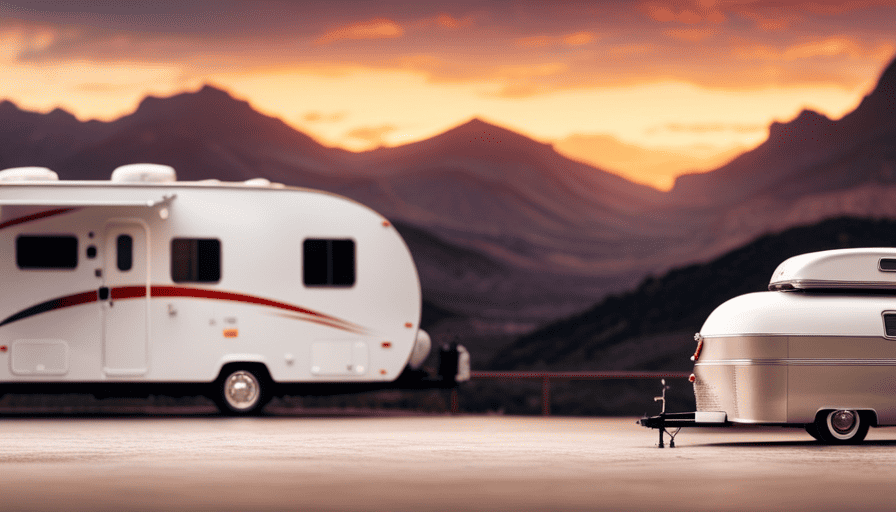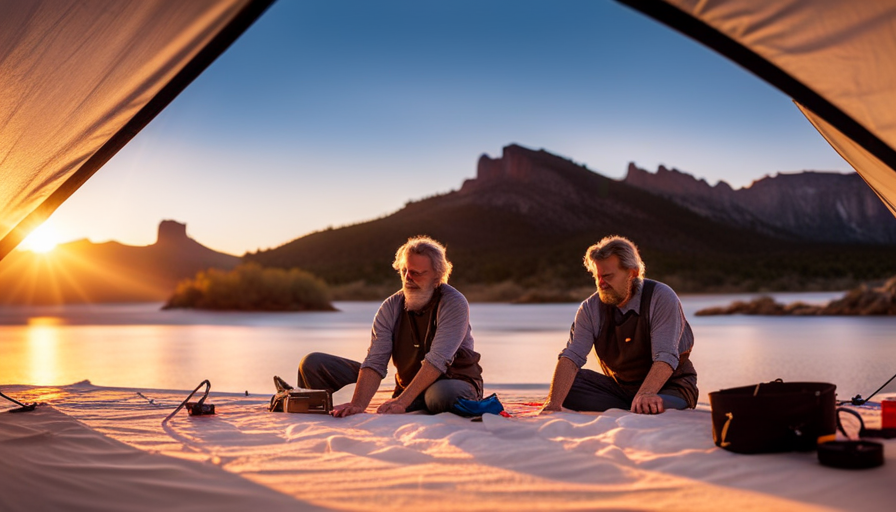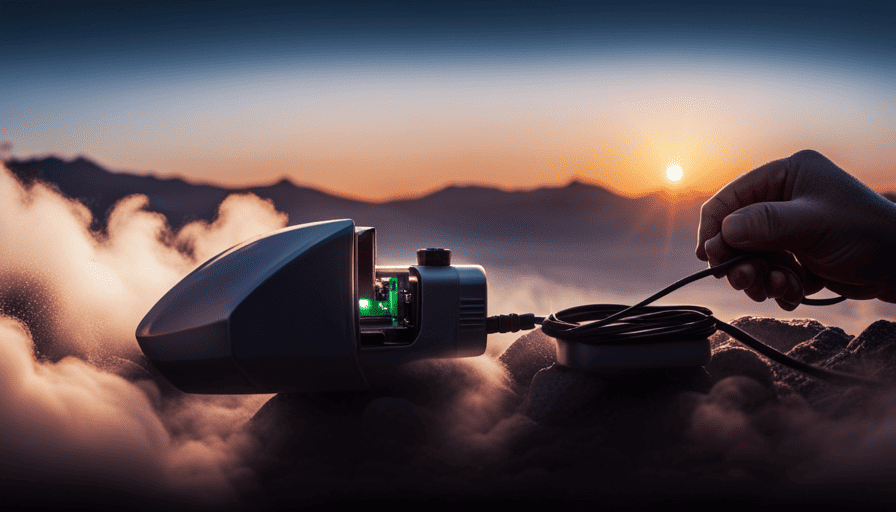Are you looking for exciting activities to do with your children while visiting Antalya? You’re in luck! We will provide information on the top attractions in the area, including Aqualand and Dino Park. We will also explore the Manavgat Waterfalls and the Antalya Zoo.

Dino Park
The Kid’s Kingdom is a family-friendly theme park that offers 7D dinosaur movies, a petting area, adventure park, and a splash pool. The park is located in Antalya’s Kid’s District and is a must-see attraction for families.
Located in Kemer, 35 km from Antalya, Dinopark offers a number of activities for children, including dinosaur walking paths, a 7D cinema, a mini zoo, pony rides, and children’s workshops. The park also features a restaurant.
Aqualand water park
Aqualand is a seasonal water park with many pools, slides, and dolphin/seal demonstrations. The park offers a food court and bars to guests. It is a popular choice for families in Antalya. It is sure to make your whole family happy.
Aqualand offers more than 25 water activities. It is the largest water park in the province of Antalya and attracts thousands of visitors every day.
Manavgat Waterfalls
Manavgat Waterfalls are located near the city of Side, 3 km north of Manavgat. This waterfall has a very high flow from a low altitude and falls over a wide area. This waterfall is a must-see for anyone planning a day trip.
Families with children will love the Manavgat waterfalls. They are a cool place to visit on a hot day, and the clean air is very soothing for children. There are many activities for children. The turquoise water falling from high cliffs will be a delight for children. The water breaks down into rainbow-colored particles, which create rainbow-colored dust in air. You can also purchase souvenirs and enjoy magic tricks by local vendors.
Antalya Zoo
If you have young children, you can take them to the Antalya Zoo. The zoo also has a large amusement park that is a great place to spend a day. To enjoy a picnic in the park, you can bring a picnic basket.
Kids can also enjoy the aquapark located nearby. This water park has various slides and a circular canal. This water park is great for swimming and entertaining children with dolphin shows. The show lasts about an hour and includes acrobatic tricks performed by dolphins. After the show, the kids can try a dolphin swim. If you want to take the family out of town, there is also a dolphin show in Cirali, 70 km southwest of Antalya. You can see several dolphins in this show in a natural setting.
Are the Activities for Kids in Barcelona Similar to the Activities in Antalya?
When it comes to things to do with children in barcelona, there is a wide range of activities available. From exploring the famous Park Güell to visiting the Barcelona Aquarium, kids will have a blast. However, comparing these activities to those in Antalya, the offering may vary. Both cities have their unique charm and family-friendly venues, but the experiences may differ due to cultural nuances and location-specific attractions. Ultimately, it is essential to research and plan accordingly to ensure an enjoyable time for your little ones.
Antalya Sandland
Antalya Sandland has a lot of activities to offer children of all ages, whether they are sand sculptors or merely tourists on vacation. Visitors can enjoy a kids’ playground, a kids workshop program, and water sports. It’s open every day from 09:30 am to 21:30 pm, and it’s about 12 km from the center of Antalya.
There are many activities for children in Antalya Turkey. Antalya, Turkey is a family-friendly place. It has beautiful outdoors and historic ruins. Many resorts even have activities for kids to keep them busy.



















